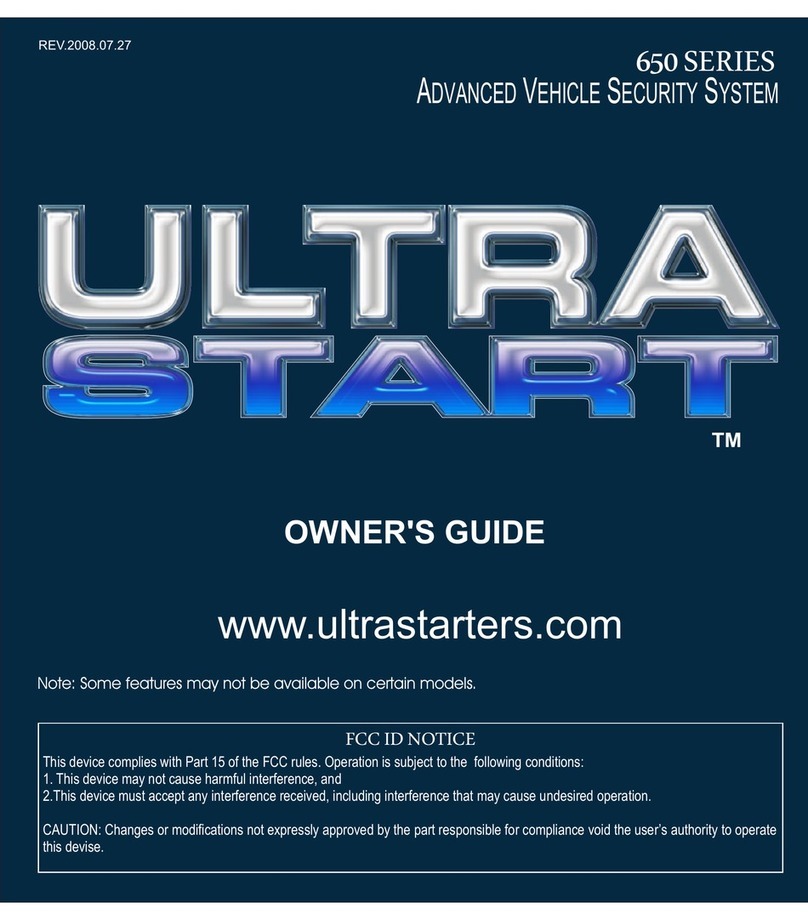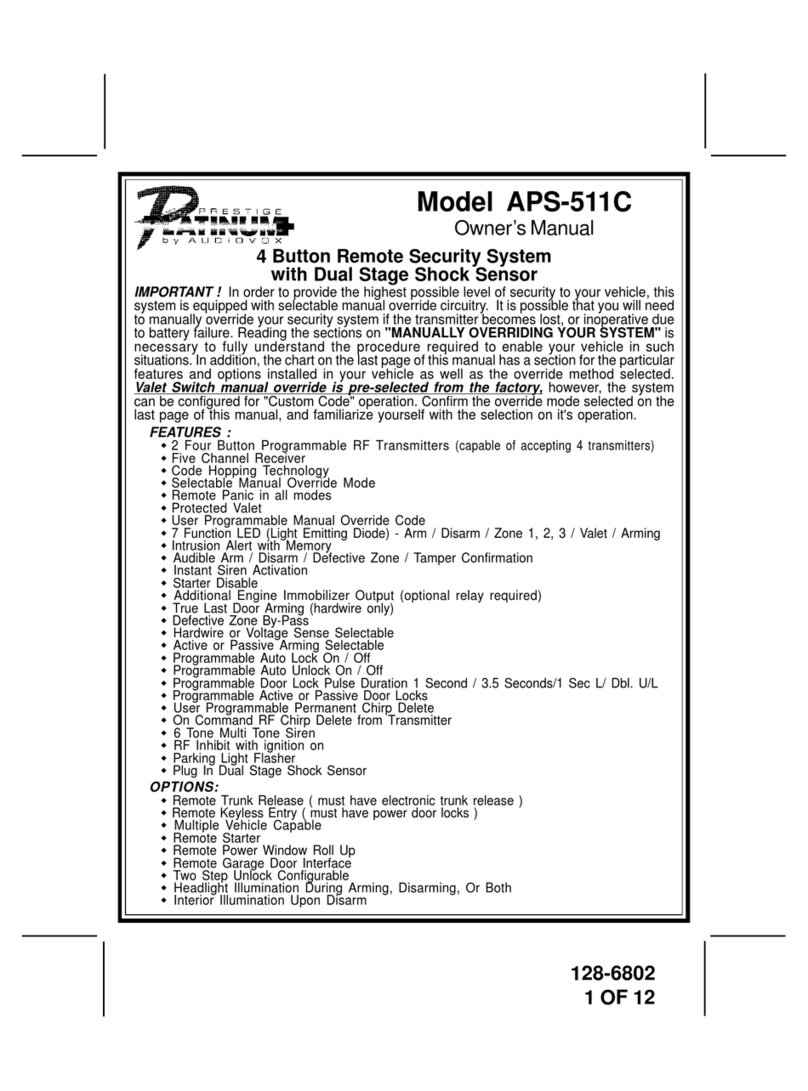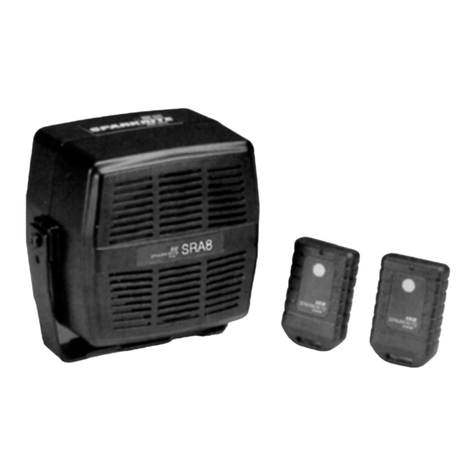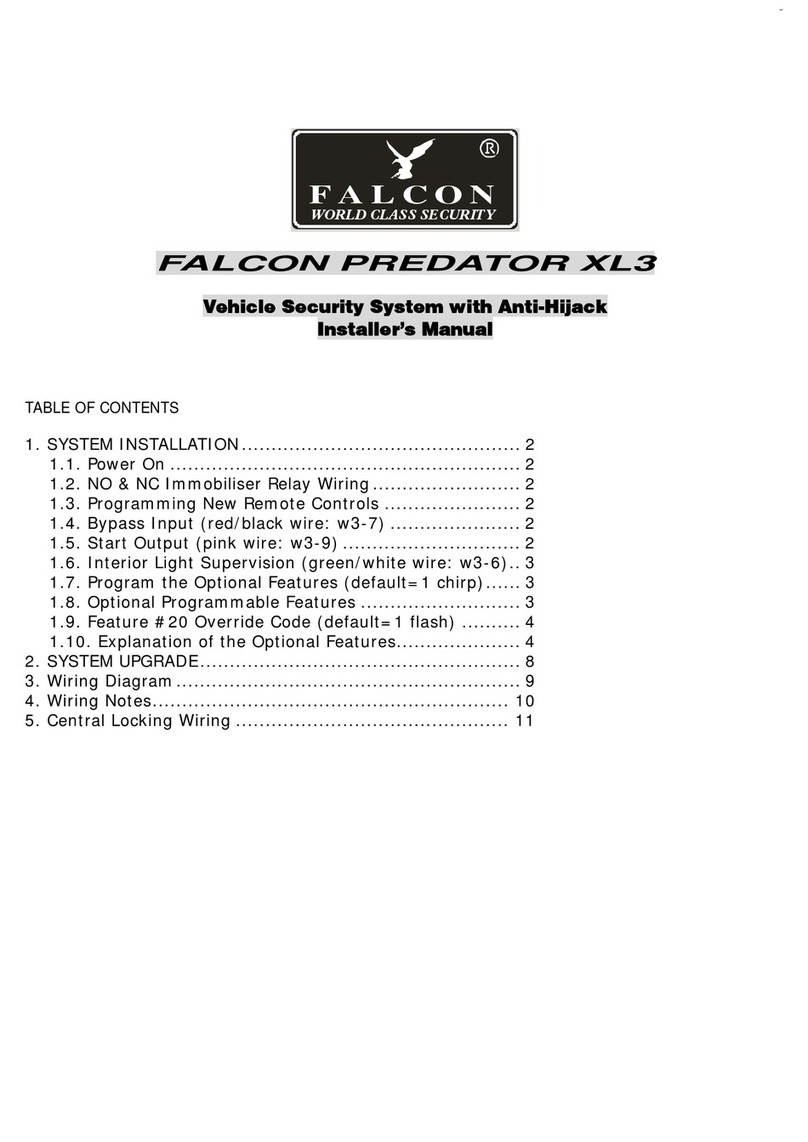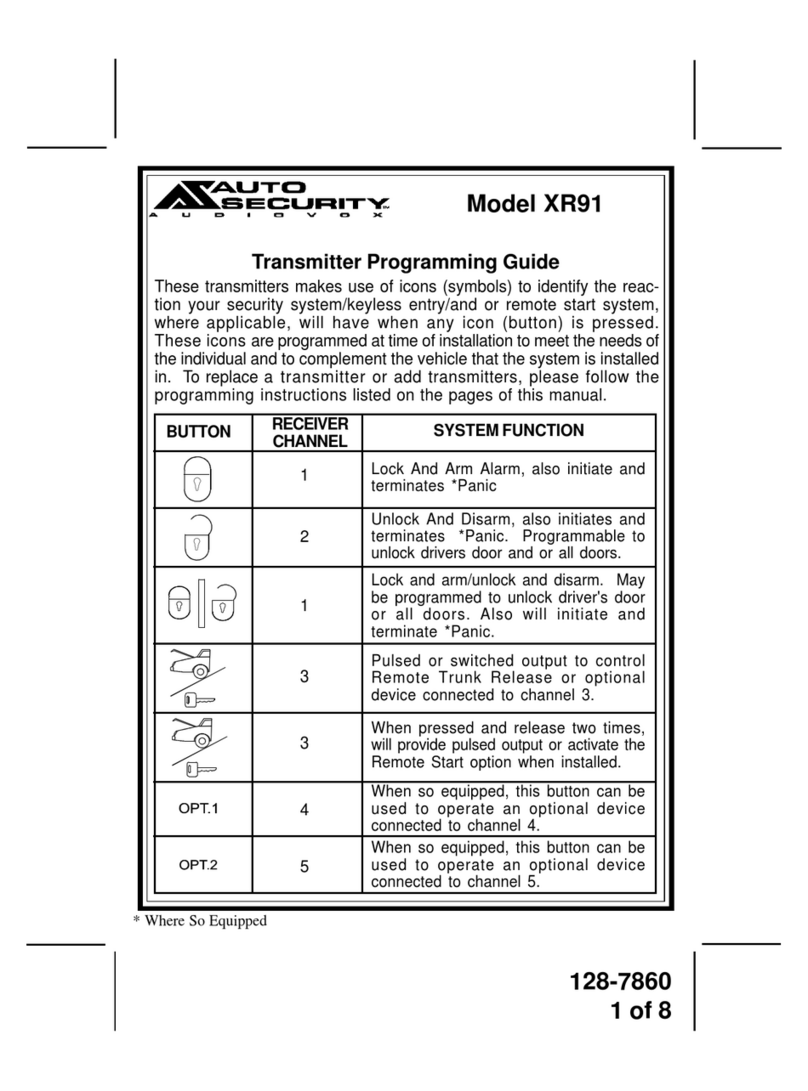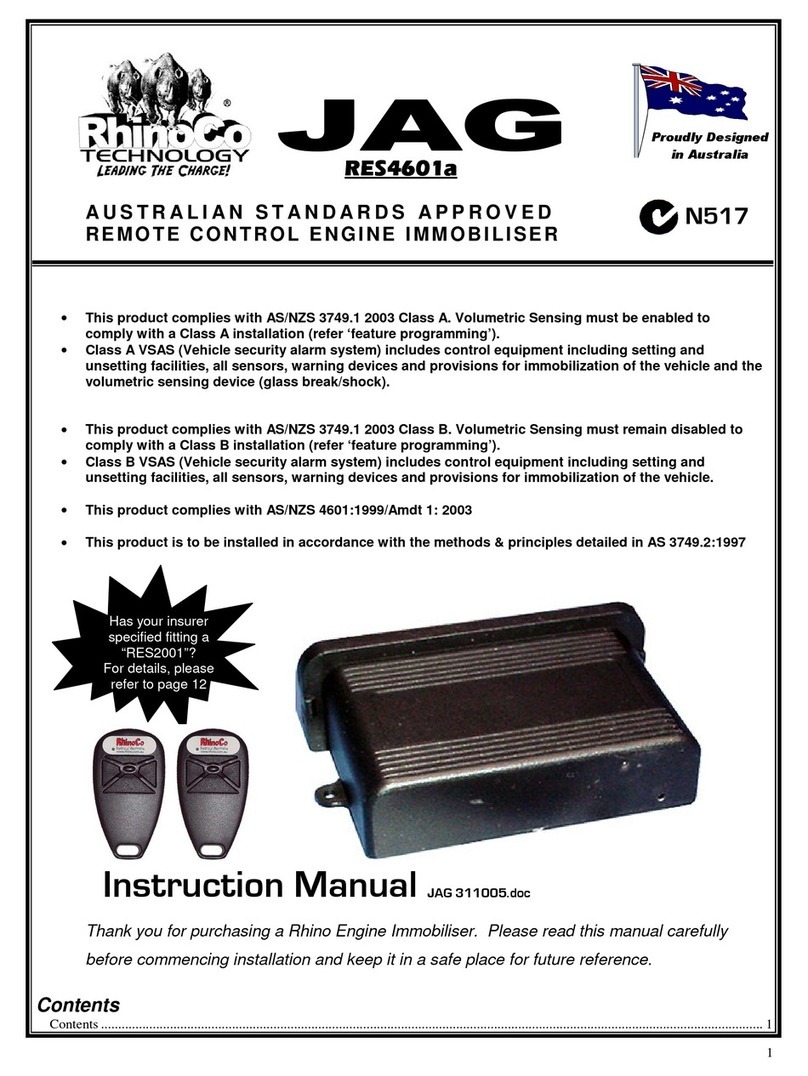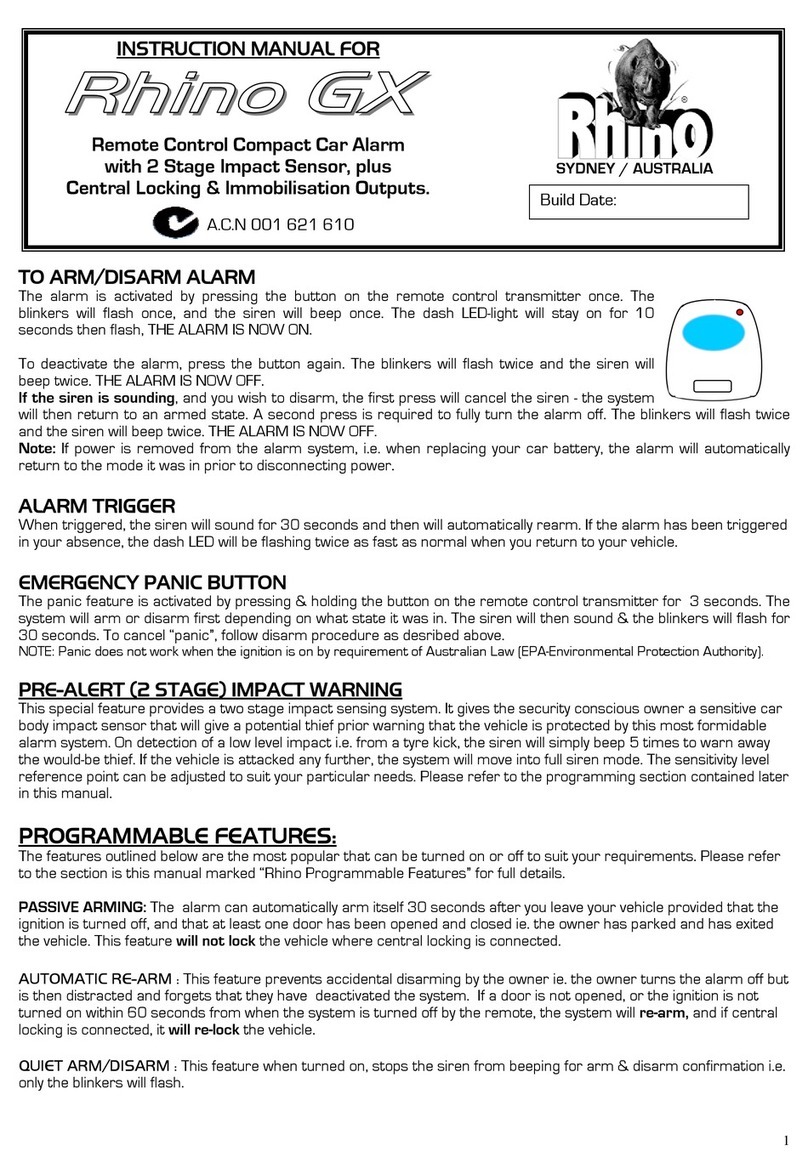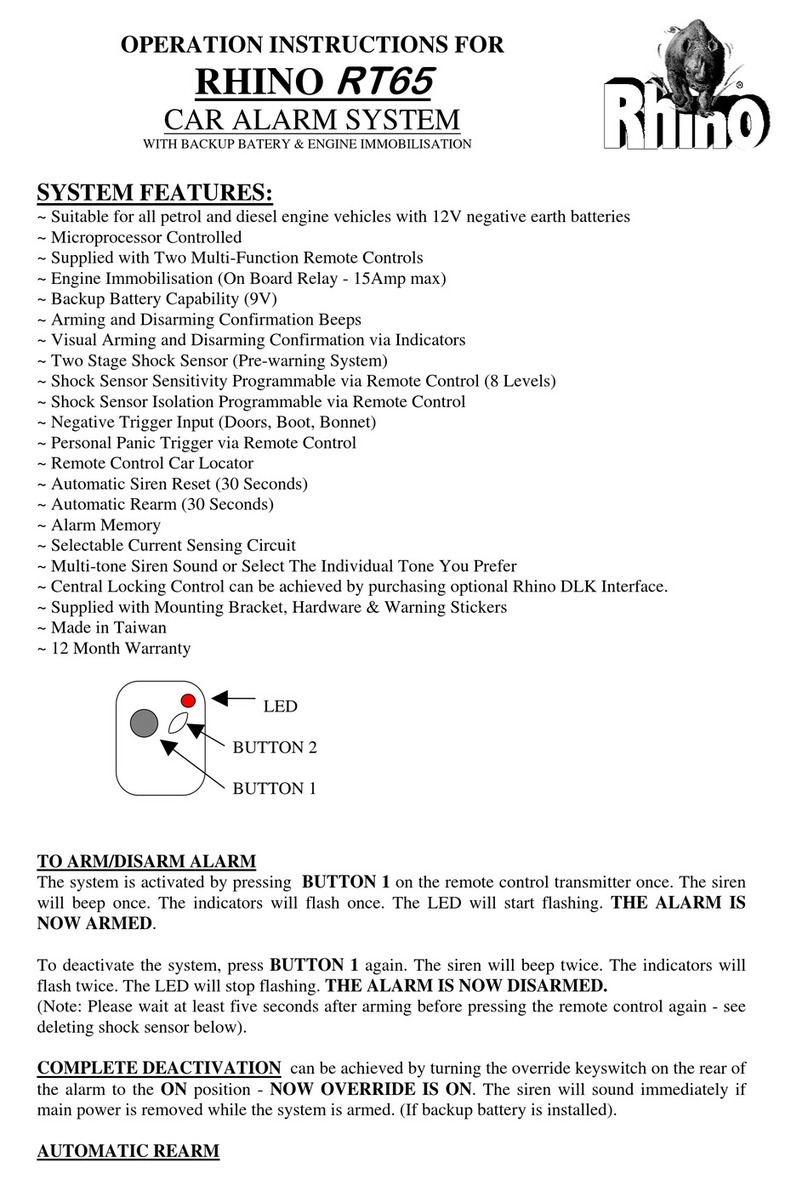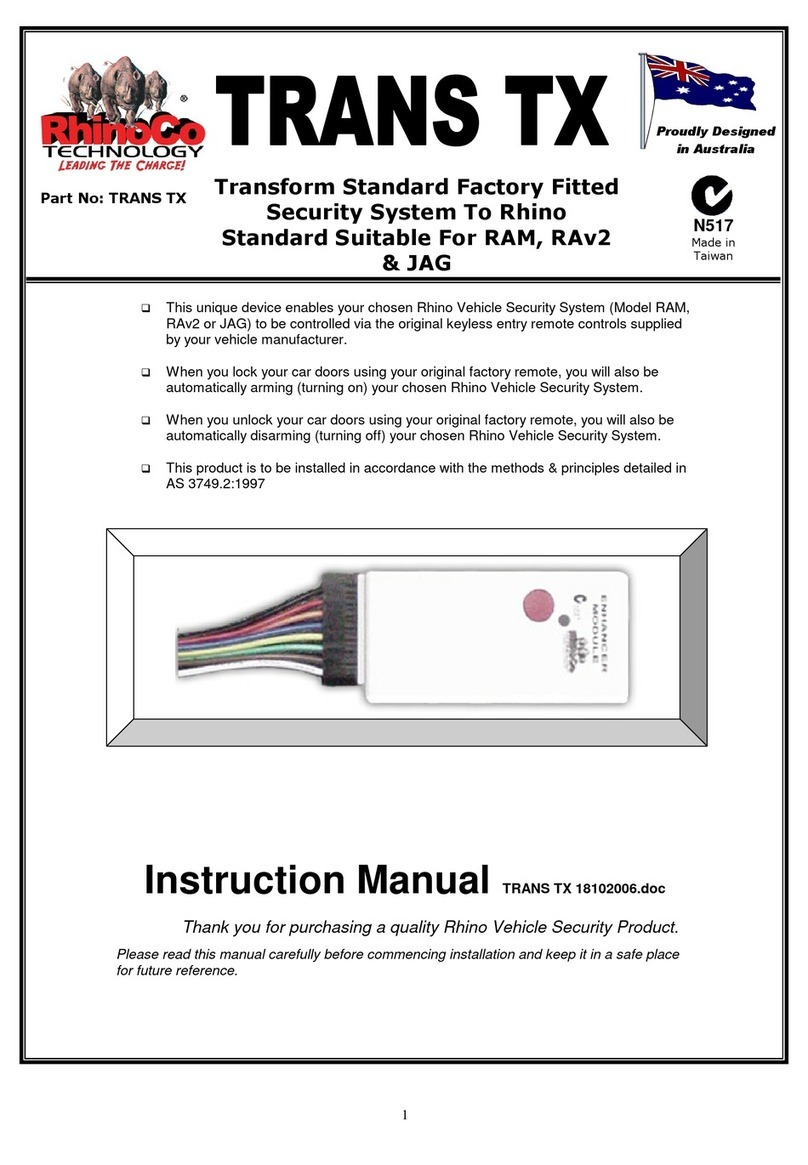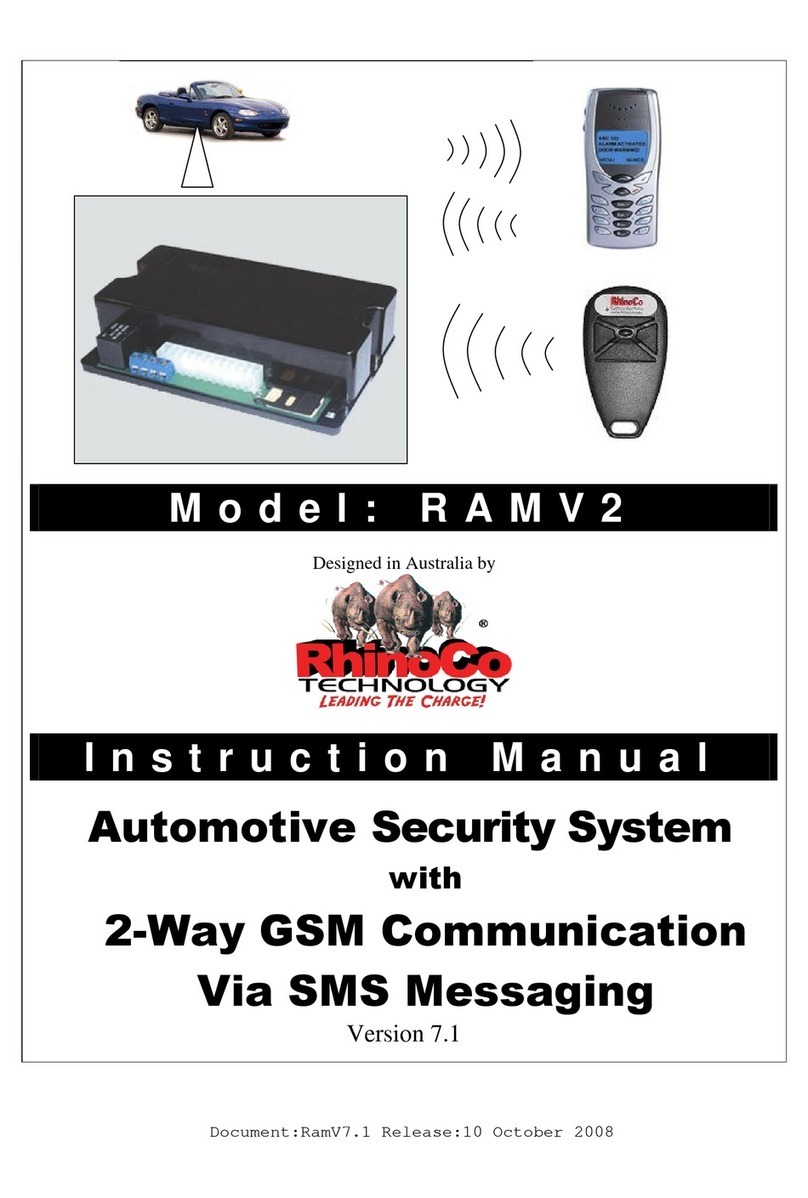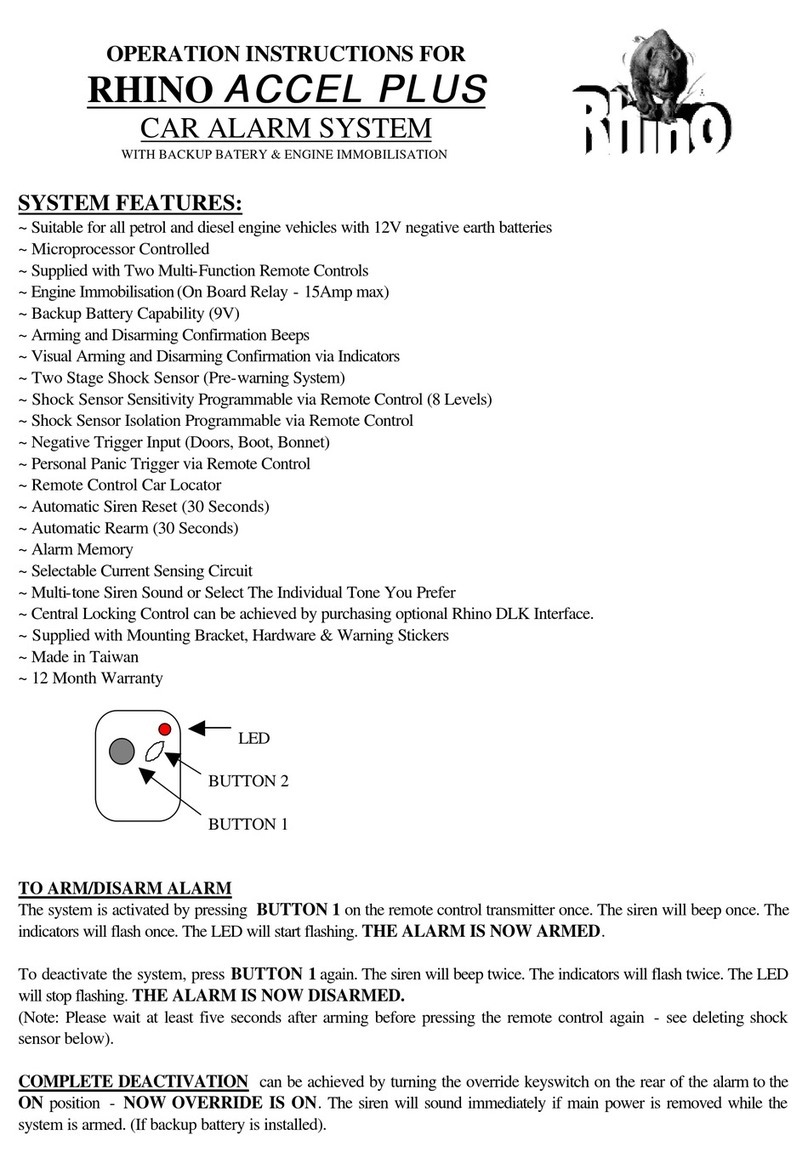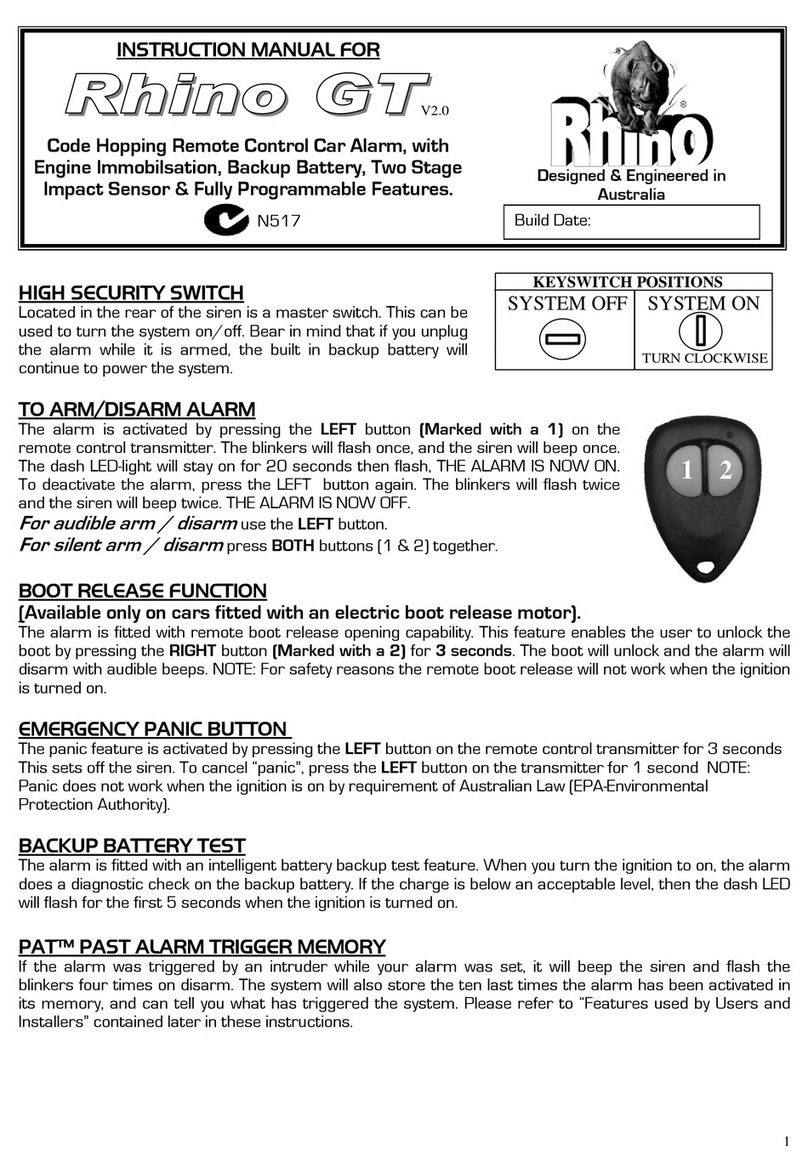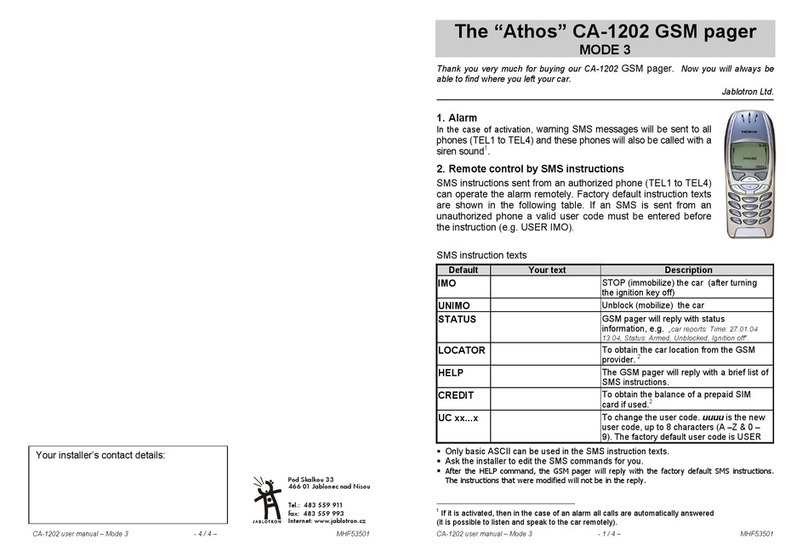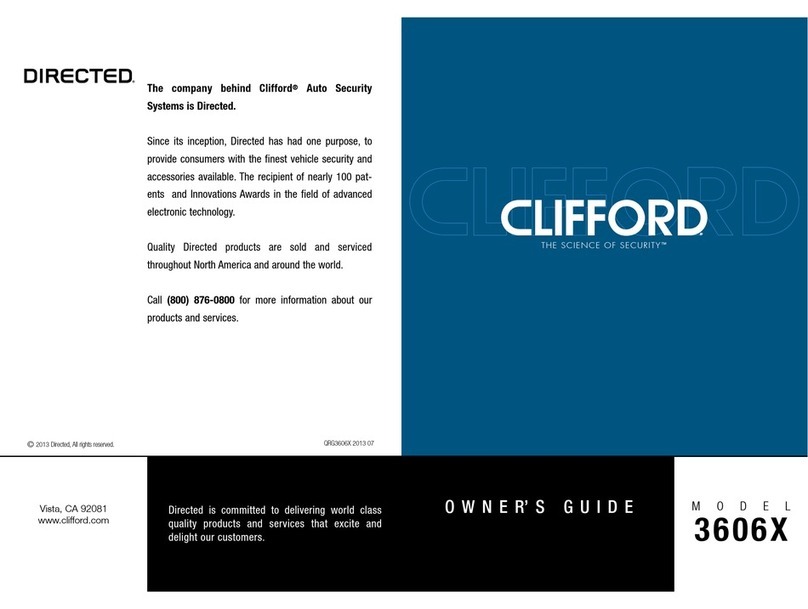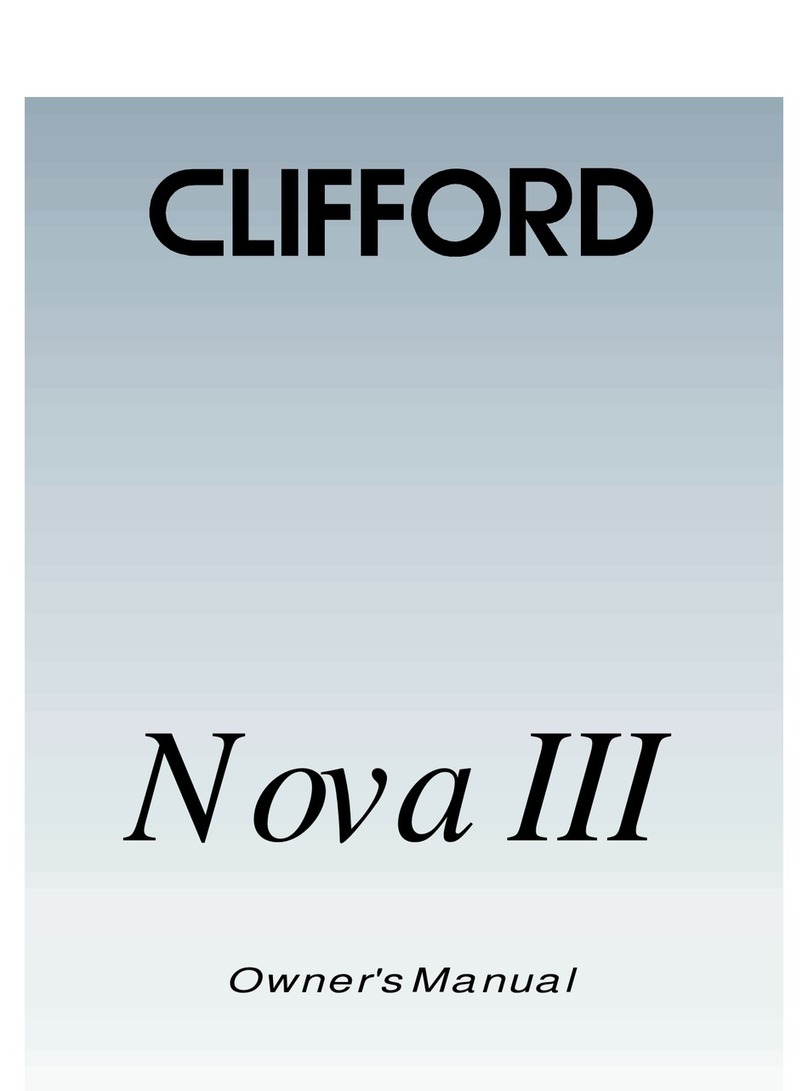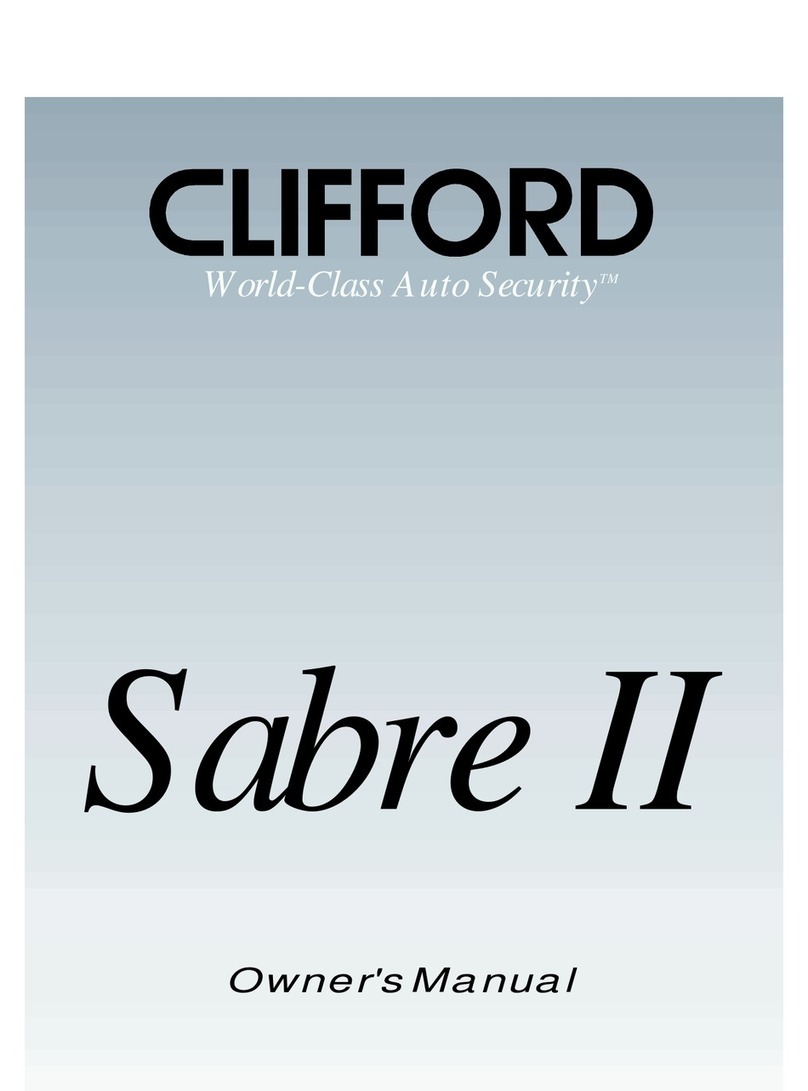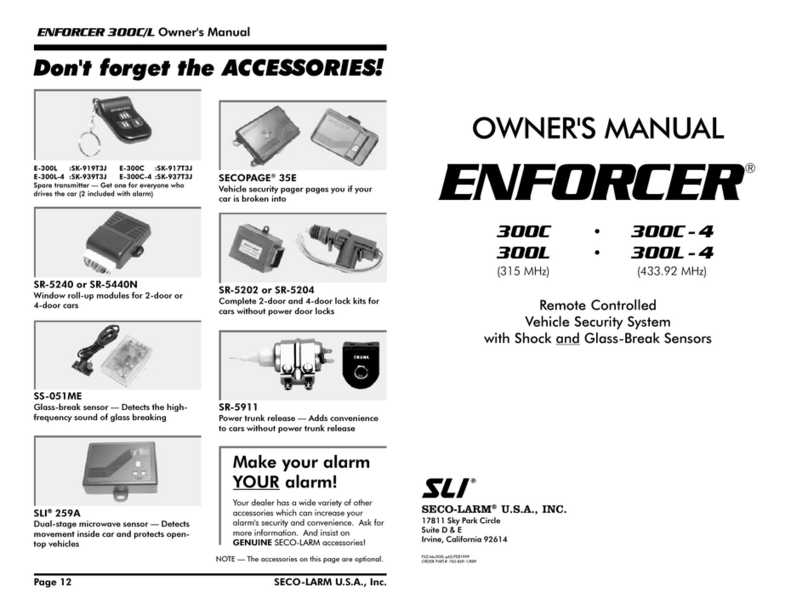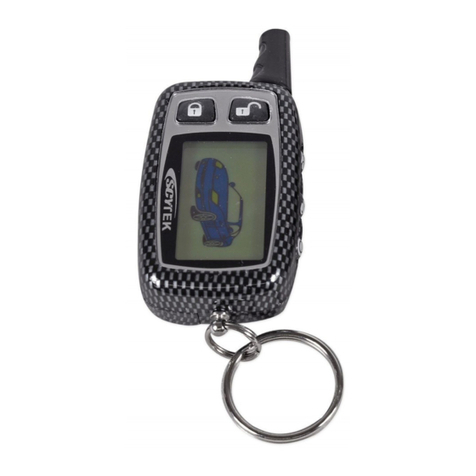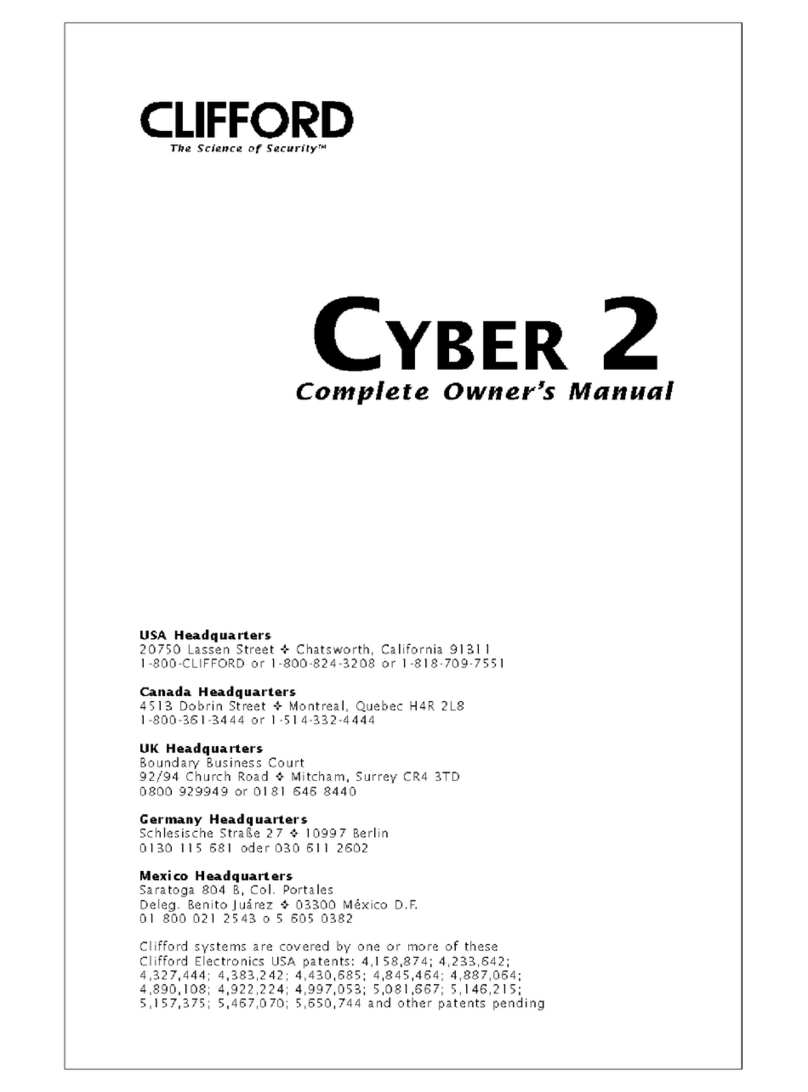2
Contents
Contents ................................................................................................................................................................................................ 2
Features................................................................................................................................................................................................. 3
Standard System Features..............................................................................................................................................3
Selectable System Features (These features can be turned on and off)........................................................................3
Optional Accessories .......................................................................................................................................................3
Detailed Feature Descriptions ............................................................................................................................................................... 4
Auto Immobilise ...............................................................................................................................................................4
Automatic re-arm & relock (Programmable) ....................................................................................................................4
Door Ajar Warning (Programmable) ................................................................................................................................4
Timed Headlight Delay (Optional connection by installer at extra cost)..........................................................................4
Perimeter Night Light (Programmable)............................................................................................................................4
Dome Light Extension (Programmable) ..........................................................................................................................4
Glass Break Sensor.........................................................................................................................................................4
Door Lock On Ignition (Programmable)...........................................................................................................................5
Pre-Alert (2 Stage) Car Body Impact Warning with ETS™ .............................................................................................5
Auto Bypass.....................................................................................................................................................................5
Operation .............................................................................................................................................................................................. 6
Remote Control Functions .................................................................................................................................................................... 6
Operation .............................................................................................................................................................................................. 6
Your Remote Control .......................................................................................................................................................6
Arming and Disarming Your Immobiliser .........................................................................................................................7
Activate Panic or Car Finder Function.............................................................................................................................7
Remote Boot Release......................................................................................................................................................7
Programming Additional Remote Controls / Erasing Lost Remote Controls...................................................................7
Overriding the Immobiliser................................................................................................................................................................... 8
Programming......................................................................................................................................................................................... 8
How to Program the Selectable Features .......................................................................................................................8
How to Change REGISTER 1: ........................................................................................................................................9
How to Change REGISTER 2: ......................................................................................................................................11
Installation .......................................................................................................................................................................................... 12
“RES2001” Insurance Requirements.............................................................................................................................12
Installing the Main Control Unit......................................................................................................................................12
Internal Connector Diagram ..........................................................................................................................................12
Installing the BBSC siren ...............................................................................................................................................15
Connecting To An Existing Electric Boot Release Motor ..............................................................................................15
Installing Additional Sirens ............................................................................................................................................15
Installing Timed Headlight Delay ...................................................................................................................................15
Connecting Your System To Central Locking ...............................................................................................................16
WARRANTY TERMS & CONDITIONS .........................................................................................................................19
